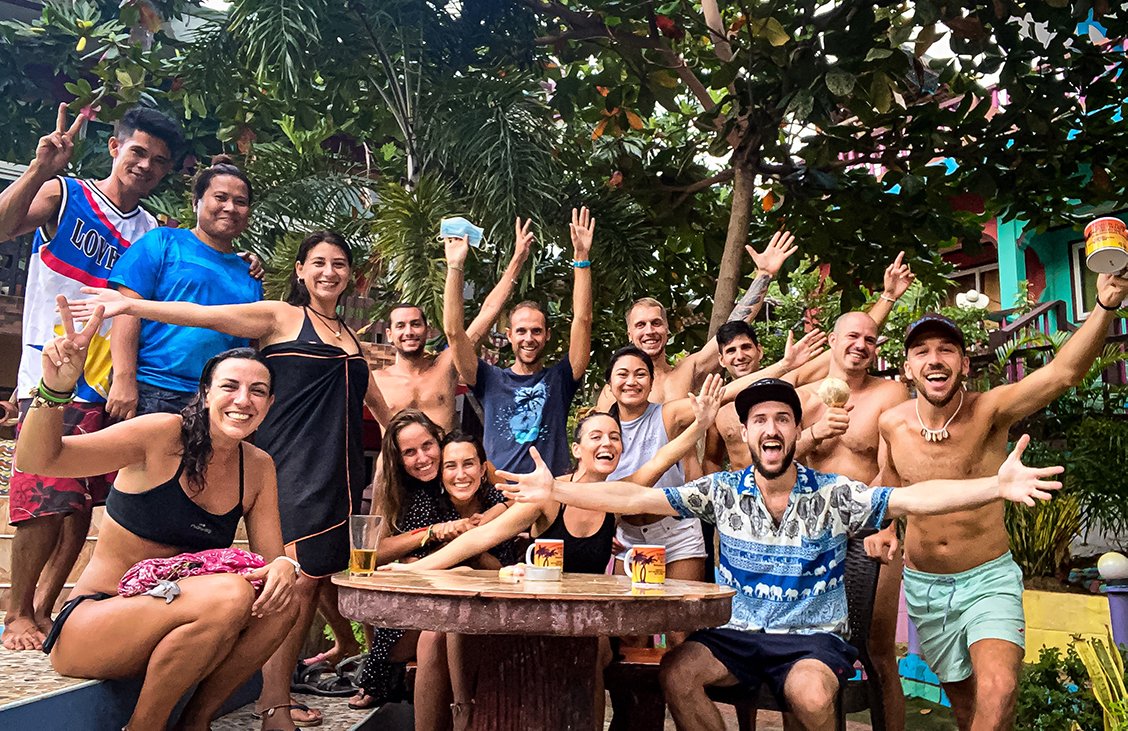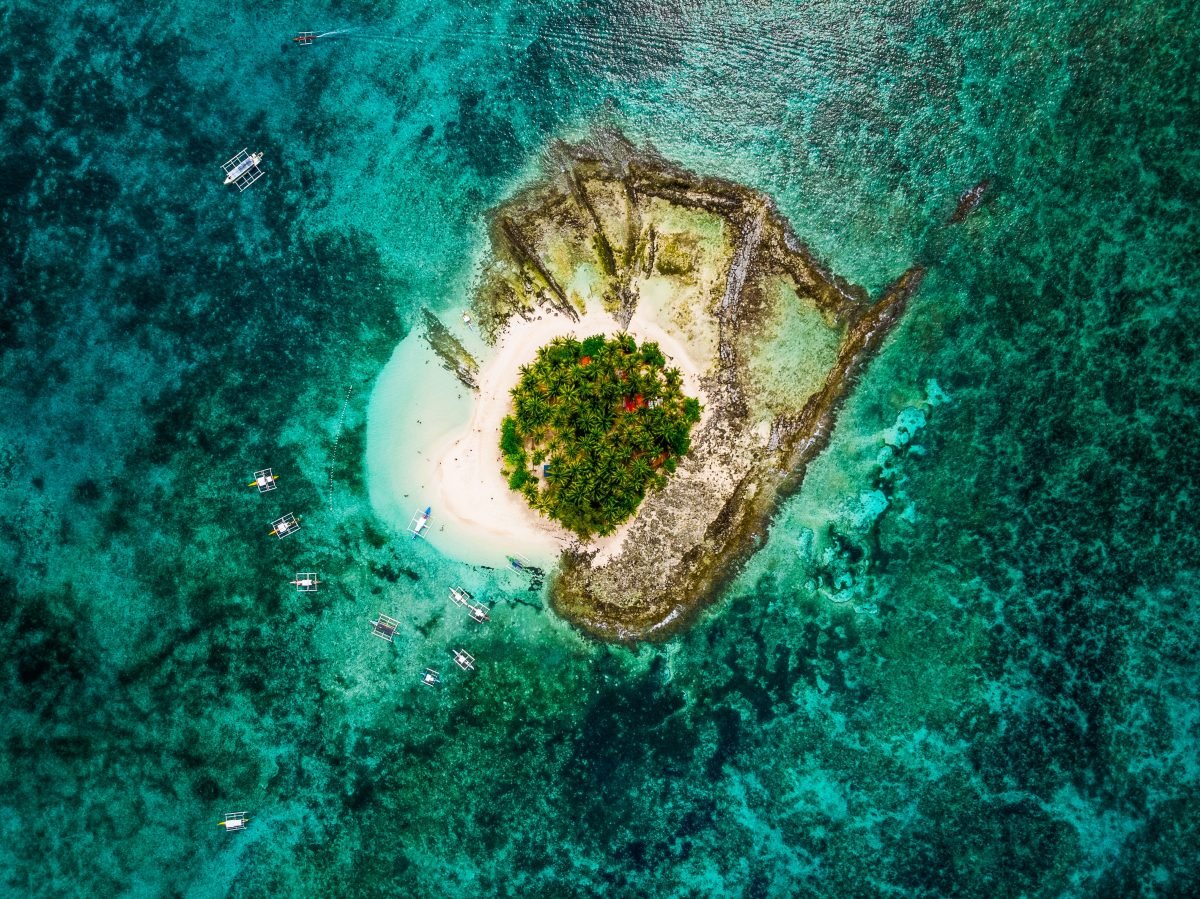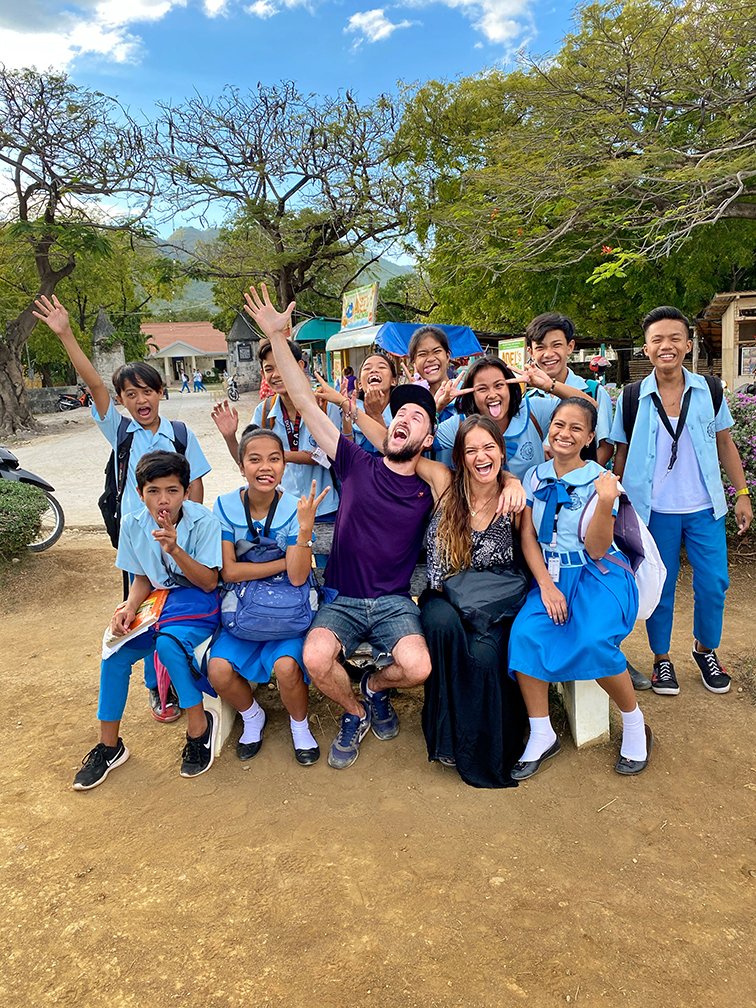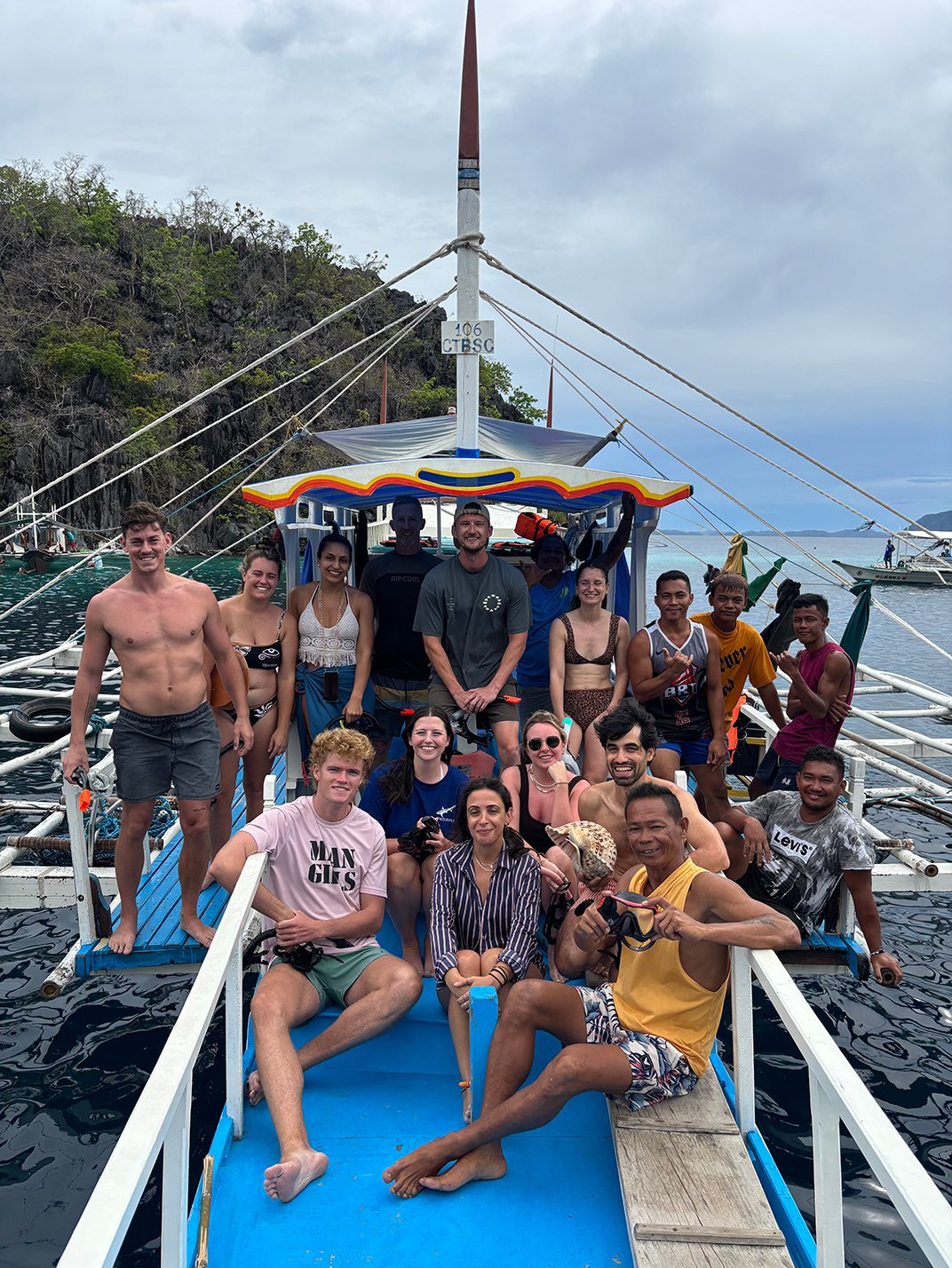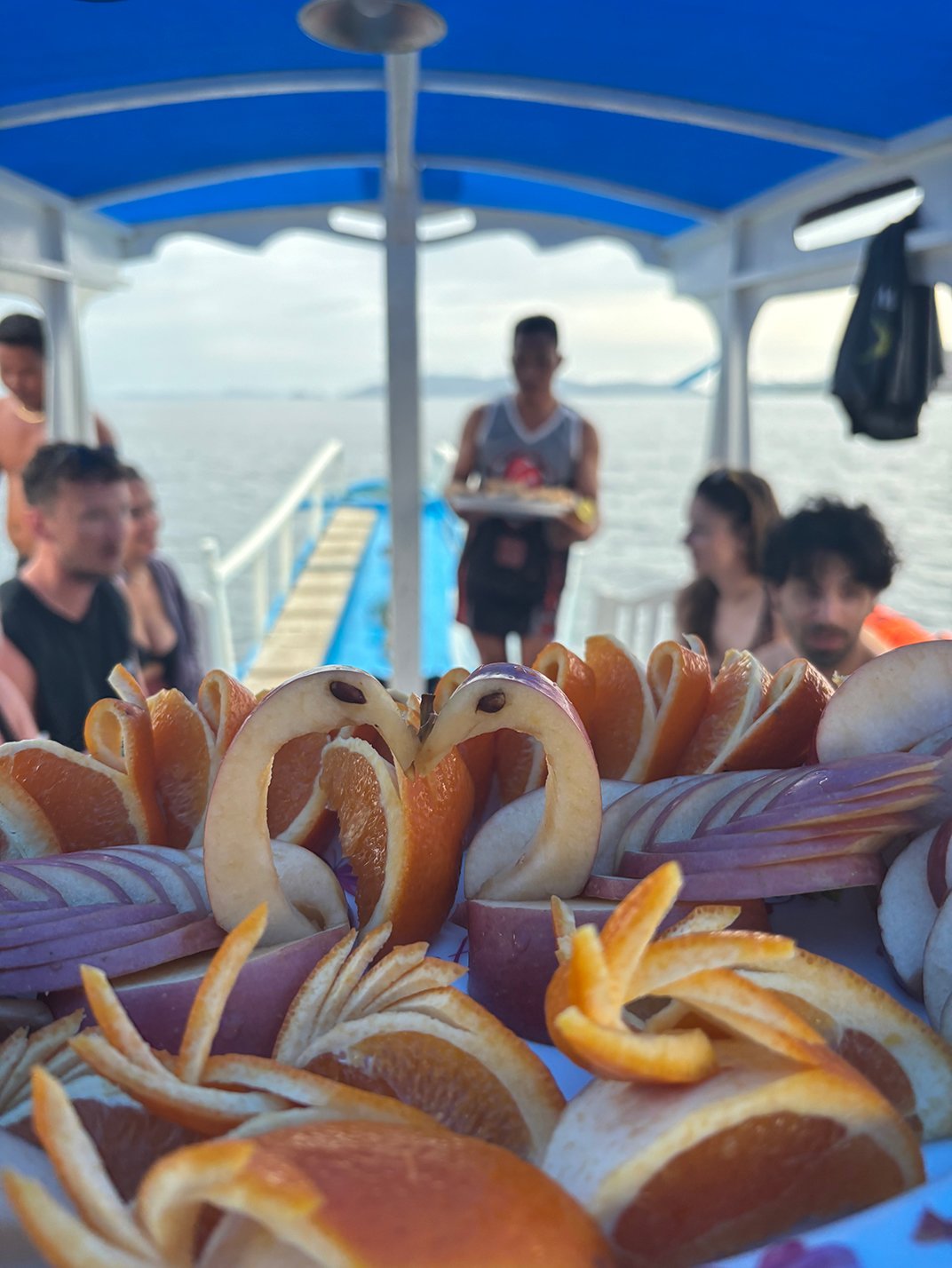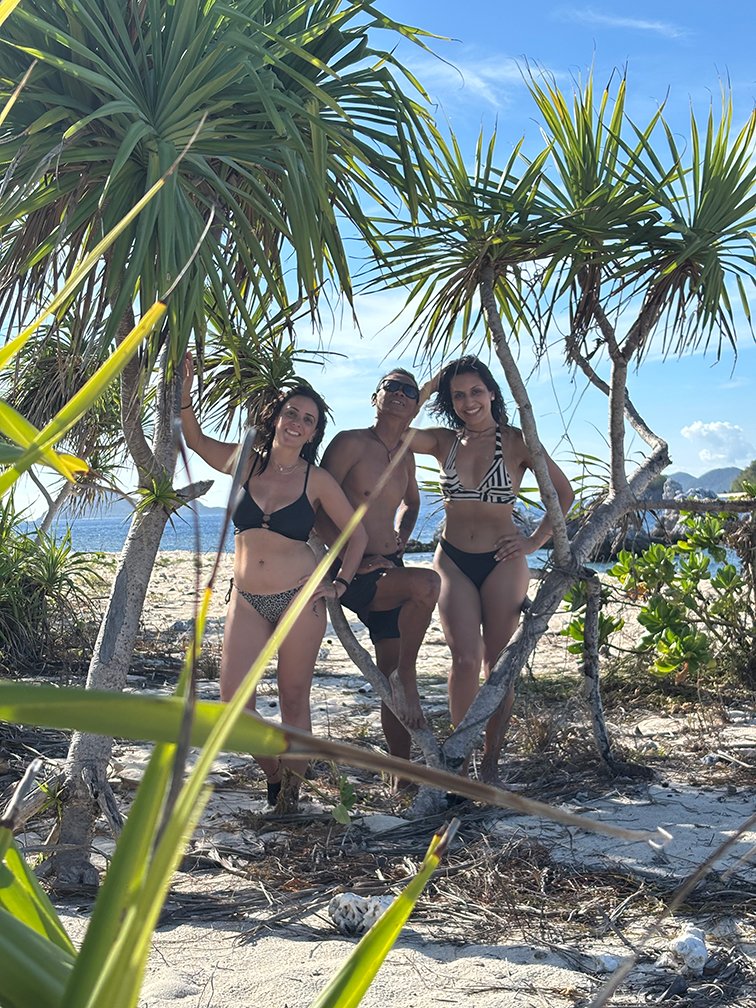Just Go Happy Blogs
The Ultimate Guide to Group Travel for Young Adults: Planning Your Perfect Adventure
Ultimate Guide to Group Travel for Young Adults
Group travel for young adults is honestly one of the best ways to see the world without breaking the bank or feeling lonely in a foreign place. You get to split costs, make new friends, and have people to laugh with when things go wrong (and they always do).
Think about it. You're in your twenties, maybe fresh out of college or finally earning some decent money. You want to travel but solo trips feel scary or expensive. Your friends are all broke or can't get time off work. Group travel solves pretty much all of these problems at once.
The whole experience changes when you're exploring with other people your age. You'll find yourself doing things you'd never try alone. That sketchy-looking street food? Way more appealing when five other people are trying it too. The expensive boat tour? Suddenly affordable when everyone chips in.
Why Group Travel Works So Well for Young Adults
Money talks, especially when you're young and probably not rolling in cash. Group travel for young adults makes sense financially in ways that surprise most people. That $200-per-night hotel room becomes $25 per person when you cram eight people into a villa with multiple bedrooms.
Tours and activities offer group discounts that can save you serious money. We're talking 30-50% off regular prices sometimes. Island hopping tours in the Philippines that cost $80 per person drop to $50 when you book for eight people. Those savings add up fast over a week-long trip.
Safety becomes less of a worry when you're traveling in a pack. Your parents stress less about you gallivanting around Southeast Asia with friends. You feel more confident trying new neighborhoods or staying out late. There's real truth to the "safety in numbers" thing.
The social aspect might be the biggest win though. Solo travel can get lonely, especially during meals or when you see something amazing and have nobody to share it with. Group travel gives you built-in companions for everything from sunrise hikes to late-night food runs.
You'll meet people you never would have encountered otherwise. Maybe your college roommate brings their cousin who becomes your new best friend. Or you join an organized group trip and click with someone from across the country. These connections often last way longer than the actual trip.
Planning Your First Group Adventure
Getting started with group travel takes more work than booking a solo trip, but the planning process can be half the fun. You need to wrangle multiple schedules, budgets, and personalities. Start early and stay organized.
Pick your travel buddies carefully. Your party friends might not be your best travel companions. You want people who can handle stress, compromise on decisions, and won't flip out when plans change. Mixed friend groups often work better than tight cliques because there's less drama.
Choosing a destination becomes a group project. Someone wants beaches, another person wants culture, and your adventure junkie friend wants to climb mountains. The Philippines actually works great for this because you can hit beaches in Palawan, experience culture in Manila, and trek volcanoes in other regions.
Money conversations need to happen upfront. Set spending limits everyone can live with. Figure out if you're doing luxury resorts or hostels. Some people blow their budget on accommodation while others prefer to spend on activities. Find middle ground that doesn't stress anyone out.
Start planning way ahead of time. Good group trips need 6-12 months of lead time minimum. People need to request vacation days, save money, and get their passports sorted. Popular destinations book up fast, especially during school breaks when most young adults can travel.
Best Destinations for Young Adult Groups
The Philippines absolutely rocks for group travel for young adults. You get tropical paradise vibes without European prices. The locals are incredibly friendly, English is widely spoken, and there's enough variety to keep everyone happy.
Palawan feels like something out of a movie with its turquoise lagoons and limestone cliffs. El Nido works perfectly as a base for island hopping adventures. Your group can explore secret beaches, snorkel in crystal-clear water, and camp on isolated islands. The Instagram photos practically take themselves.
Siargao attracts the surfing crowd but non-surfers love it too. The island has this super chill vibe that helps groups bond naturally. You can learn to surf together, explore tide pools, or just hang on stunning beaches. The nightlife scene is fun without being overwhelming.
Boracay delivers if your group wants the classic beach party experience. White Beach has incredible sunsets and beachfront bars where you can meet other travelers. Water sports keep the active people happy while beach loungers can just chill with a drink.
Bohol offers something different with its famous Chocolate Hills and tiny tarsier monkeys. River cruises work great for groups because everyone can participate regardless of fitness level. The cultural shows give you shared experiences to talk about later.
Activities That Bring Groups Together
The activities you choose can make or break your group trip. You want things that work for different skill levels and interests while creating those bonding moments everyone talks about years later.
Island hopping wins as the perfect group activity in the Philippines. Everyone can join regardless of swimming ability or fitness level. The boats easily fit groups, and each island offers something different. Some have great snorkeling, others are perfect for picnics, and a few have short hikes for the adventurous types.
Water sports create instant group memories. Learning to surf together means everyone struggles and celebrates together. Trying stand-up paddleboarding for the first time becomes hilarious when half your group keeps falling off. Even experienced swimmers get humbled by new activities.
Cultural experiences surprise groups with how much fun they are. Cooking classes teach you skills you'll actually use later while providing entertainment. Village visits and traditional performances help you understand local life. These activities often become trip highlights even for people who thought they'd be boring.
Food tours solve the eternal "where should we eat" debate while introducing local flavors. Street food adventures become group challenges where everyone tries weird stuff together. Market visits turn into treasure hunts for unusual fruits or spices to bring home.
Making Group Travel Work Smoothly
Successful group travel for young adults requires some basic ground rules and realistic expectations. Problems happen when people assume everyone thinks the same way or wants the same things.
Set clear expectations before you leave home. Decide how you'll split expenses, what happens if someone wants to skip activities, and how group decisions get made. Some groups vote on everything while others rotate leadership duties. Figure out what works for your personalities.
Money management deserves special attention because nothing ruins friendships faster than money disputes. Create a group fund for shared expenses like transportation and group meals. Use apps like Splitwise to track who paid for what and who owes money. Keep receipts and update expenses daily.
Everyone needs personal space sometimes, even in the closest friend groups. Build downtime into your schedule where people can do their own thing. Some might want to shop while others nap or explore solo. Respecting these needs prevents group burnout and maintains friendships.
Stay flexible because travel rarely goes according to plan. Weather cancels boat trips, attractions close unexpectedly, and transportation gets delayed. Groups that roll with changes have way better experiences than those who stress about every deviation from the schedule.
Managing Group Dynamics and Expectations
Different personalities create both the magic and the headaches of group travel for young adults. The social butterfly who wants to meet everyone might annoy the introvert who needs quiet time. The detailed planner might drive the spontaneous person crazy with constant itinerary updates.
Leadership usually emerges naturally, but rotating responsibilities prevents one person from doing all the work. Let the foodie research restaurants, the adventure lover plan activities, and the budget person handle money tracking. This way everyone feels involved and responsible.
Decision-making processes need clear rules before problems arise. Some groups vote on everything while others delegate decisions based on who cares most. The worst situation involves spending an hour debating lunch options while missing the afternoon boat tour.
Address conflicts quickly before they explode. Tired, hungry, or homesick people often act differently than usual. Pull someone aside for a private conversation instead of calling them out in front of the group. Most issues resolve easily when handled early.
Technology and Tools for Group Coordination
Modern apps make coordinating group travel for young adults so much easier than it used to be. Shared calendars, group messaging, and expense-splitting apps eliminate most traditional headaches.
Group messaging keeps everyone in the loop about plans, changes, and meetup spots. Create separate chats for different purposes. Use one for logistics and important info, another for photos and casual conversation. This prevents crucial information from getting buried under memes and random comments.
Shared photo storage means everyone gets access to all the great shots without constantly asking people to send pictures. Real-time photo sharing lets the group relive experiences immediately. Some people always take better photos, so sharing benefits everyone equally.
Navigation apps prevent groups from getting separated in unfamiliar cities. Location sharing features help scattered group members find each other quickly. Download offline maps as backup for when internet connections fail or become expensive.
Expense tracking apps handle the complicated math of group spending automatically. Enter expenses in real-time to avoid forgotten costs and arguments later. The apps calculate who owes what and show payment amounts clearly.
Safety Considerations for Young Adult Groups
Group travel for young adults usually feels safer than solo adventures, but smart precautions still matter. Groups sometimes take bigger risks than individuals would, assuming their numbers provide complete protection.
Emergency planning should cover multiple scenarios. What happens if someone gets seriously sick or injured? How will you handle natural disasters or political problems? Designate emergency contacts and make sure everyone has copies of important documents stored digitally.
Stay in touch with family without constant check-ins that stress everyone out. Set up regular update schedules so people back home don't worry unnecessarily. Share general plans but keep flexibility for spontaneous adventures.
Health prep becomes more important with multiple people involved. One sick group member can ruin everyone's experience. Research required vaccinations, pack basic medical supplies, and know how to find healthcare in your destination.
Learn about local laws and customs because ignorance isn't a defense anywhere. What seems normal at home might cause serious problems elsewhere. Groups often attract more attention than solo travelers, making cultural sensitivity even more important.
Group travel for young adults opens up incredible opportunities for adventure, friendship, and personal growth. The shared experiences create bonds that outlast the actual trip by years. With smart planning, open communication, and flexible attitudes, your group adventure becomes one of those experiences you'll talk about forever.
The Philippines provides the perfect setting for these adventures. You get stunning natural beauty, affordable prices, and genuinely welcoming people. Whether your group wants relaxation, adventure, or cultural experiences, the islands offer activities that bring people together and create stories worth sharing.

